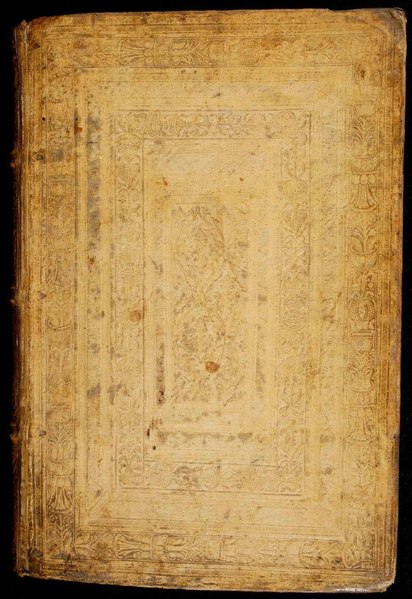 1
1title: Vice Admiral William Lukin
artist: George Clint
date: 1825
current location: Institution:National Trust Institution|wikidata=Q5441630 Morning Room
source: Hangs in the Morning Room of Felbrigg Hall, Norfolk, a National Trust property
description:
Portrait of Vice Admiral William Lukin (1768-1833)license:Public domain
 2
2title: The Qur’an in the Earliest Printed Version, with the Life and Teachings of Muhammad and Other Works
artist: Luther, Martin, 1483-1546
date: 1543
medium: ru 1=Книги fr 1=Livres en 1=Books zh 1=图书 pt 1=Livros ar 1=كتب es 1=Libros
dimensions: en 1=860 pages ; 30 x 20.5 x 6 centimeters
current location: ru|1=Музей и библиотека рукописей имени Хилла fr|1=Musée et Bibliothèque de Manuscripts Hill en|1=Hill Museum & Manuscript Library zh|1=希尔博物馆与手稿图书馆 pt|1=Museu e Biblioteca de Manuscritos Hill ar|1=مكتبة متحف ومخطوطات هِل es|1=Museo y Biblioteca de Manuscritos Hill
description: This volume contains the first-ever printing of the Qur’an, presented in the 12th-century Latin translation by the English scholar robert of ketton. This translation was commissioned by Abbot Peter the Venerable of the monastery of Cluny in France, who was also responsible for monasteries in Spain. Islam was still a strong presence in Spain in the 1300s, although Muslim control of the Iberian Peninsula was waning. When this edition was printed 400 years later, Islam was again a pressing concern for Christian authorities: in 1529 the Ottoman Turkish sultan, Suleiman the Magnificent, had besieged Vienna. A notable feature is the preface by Martin Luther, who found a manuscript of ketton’s translation and arranged for its printing. Luther wanted Christians to be informed about Islam so that they could refute its theological positions, “for the propagation of the Christian faith and of Holy Mother Church.” Luther was criticized for this publication by critics who maintained that even printing the Qur’ān for polemical purposes was a dangerous acknowledgment of its religious significance. In addition to the translation of the Qur’ān itself, the volume contains “the refutations by many of the most worthy Arabic, Greek, and Latin authors, together with a foreword by the most excellent theologian, Martin Luther,” making it the most comprehensive set of materials on the subject available in the West at the time. These writings include Confutatio legis latae Saracenis a maledicto Mahometo (Refutation of the law enacted by the curse of the Saracens, Mahomet) by Ricoldo da Montecroce (circa 1243–1320), with a parallel Greek translation; Historiae de Saracenorum sive Turcarum origine, moribus, nequitia, religione, rebus gestis (History of the Saracen or Turkish origin, behavior, wickedness, religion, and history), prefaced by Luther; and the Greek original and Latin translation of Contra Mahometicam fidem Christiana & orthodoxa assertion (Against Mohammedanism and a Christian Orthodox faith assertion) by John VI Cantacuzenus, Emperor of the East (1292–1383).
Koranlicense:Public domain

title: Hill Directory Co.'s (Incorporated) Raleigh, N.C. City Directory (1922 1923) - DPLA - 7d0611c09de805bc307d6fa522cf854e
artist: unknown
date: 1922; 1923
current location: Institution|wikidata=Q192334
source: DPLA| Q192334 |hub=North Carolina Digital Heritage Center|url=link R163d 1921- v.12(1922/1923); b4224340
credit: This file was contributed to Wikimedia Commons by University of North Carolina at Chapel Hill as part of a cooperation project. The donation was facilitated by the Digital Public Library of America, via its partner North Carolina Digital Heritage Center. University of North Carolina at Chapel Hill identifier: C971.92 R163d 1921- v.12(1922/1923); b4224340 Source record: link DPLA identifier: 7d0611c09de805bc307d6fa522cf854e
license:Public domain




